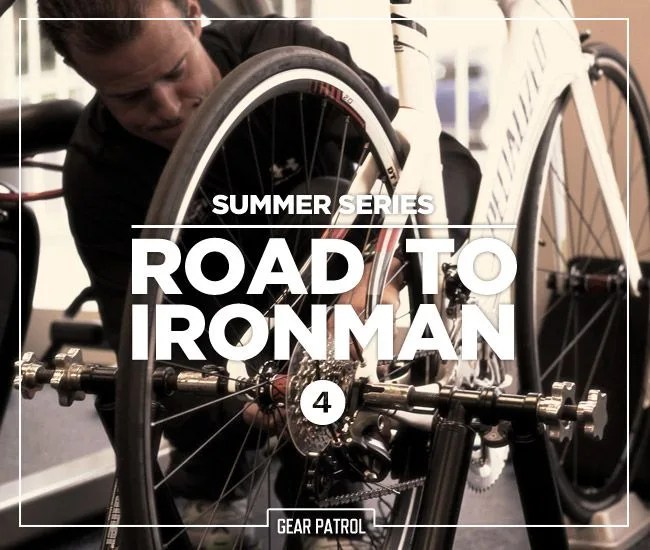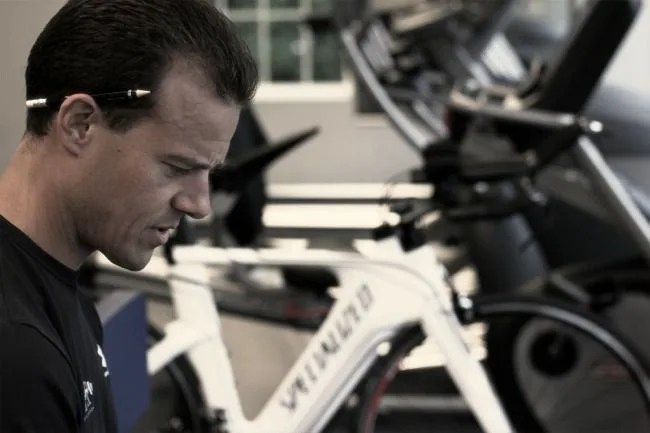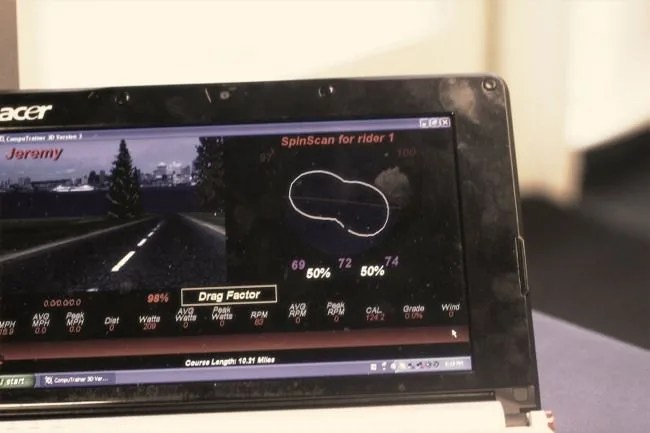 JB
JBToday we’re one month out from Ironman Louisville, one day out from a Half Ironman in Enfield, New Hampshire (more on that next time), and two months on down the road from when we kicked off this series. In hindsight, this whole goddam proposition was questionable. But we’re not the type of folks to dwell on the past.
One of my favorite books in the memoir-meets-advice genre is Pete Blaber’s The Mission, The Men, and Me: Lessons from a Former Delta Force Commander. Blaber talks about “developing the situation,” a method and a mindset to build context and make decisions: “Think of developing the situation as enlightened procrastination. Instead of indecision, going off half-cocked, or doing nothing, we understand that time is an ally that allows us to actively build context and uncover the options hidden from those who create “traditional plans” based on limited information that’s frozen in the past—before most options and opportunities have availed themselves.”
Sometime in the middle of July my progress hit a plateau. I was running half marathon distances without a problem and increasing my distance on the bike, but I stopped making any headway in the water and lost my taste for General Tso’s excellent chicken. I threw my goggles at the wall in the company of my very tolerant friend and swim coach, who you’ll remember from Part 1. I needed to develop the situation.
Road to Ironman
Part 1: Introduction | Part 2: Conversation with Phillip Bauman, MD | Part 3: Swim, Bike, Run, Eat | Part 4: Training with a USA Triathlon Amateur Athlete of the Year

Since I don’t know any Delta Force operators, I rode bikes and trains from Brooklyn, NY, to Southport, CT, where I met with Christopher Thomas, owner of Personal Training Professionals of Southport. Thomas has been a member of Timex Multisport Team since 2003. He’s a personal trainer with an office postered in certifications, a Lifesport coach, 6-time Ironman finisher (five in Kona, HI), 2009 USA Triathlon Amateur Athlete of the Year, top overall amateur at 15 70.3 (Half Ironman) races, and father of three young boys.



